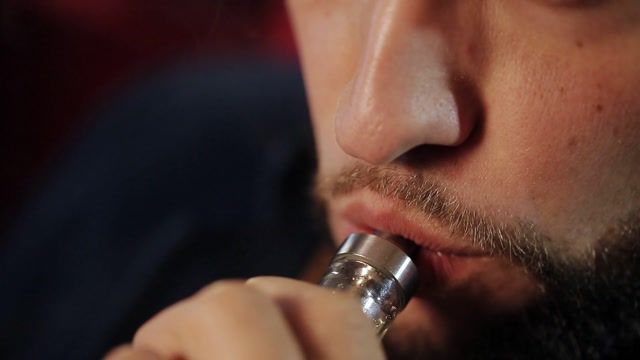Explore Our Blog
The Journey of Addiction – Part 3: Regular Use
Advance Minds Blog
A safe space to explore subjects within the community such as mental health, substance abuse and personal identity.
Our safe space also provides the opportunity for real individuals to express their hardships and success through writing.
Regular use marks a shift from occasional experimentation to a more consistent pattern.

At this stage, substances become a predictable part of life, whether tied to weekends, evenings, or stressful moments.
People often don’t notice the slow change, but the brain and body are quietly adapting to the repeated presence of the substance.
✨ What makes this stage so important is that it often looks “normal” from the outside.
Many still manage work, school, and relationships without major disruptions, which makes it harder to see that a deeper dependence may be forming.
⏰ Patterns and Routines
- Substance use moves from occasional to regular.
- It may happen weekly, daily, or tied to certain times.
- Life schedules begin to subtly revolve around when and how to use.
🧠 The Brain’s Growing Dependence
- The brain expects and anticipates the substance.
- Natural pleasure from other activities starts to weaken.
- Cravings begin to feel stronger and more persistent.
💬 Rationalising the Habit
- People justify their use as “just a routine” or “no big deal.”
- They often compare themselves to others who use more heavily.
- Excuses like “I can stop anytime” become common.
👥 Impact on Relationships and Work
- Loved ones may notice small changes in mood or focus.
- Social groups often include others who use regularly.
- Productivity and motivation can start to slip.
🚧 Warning Signs Emerging
- The body may begin showing early signs of tolerance.
- Skipping a session of use can cause irritability or unease.
- Stress, boredom, or conflict increasingly trigger the urge to use.
🌿 Final Thoughts 💞🌈
Regular use is where the invisible line begins to blur.
While many still function well in daily life, the reliance on substances is strengthening beneath the surface.
This is a critical stage, because the leap from “regular” to “problematic” use can happen faster than most people realise.

















